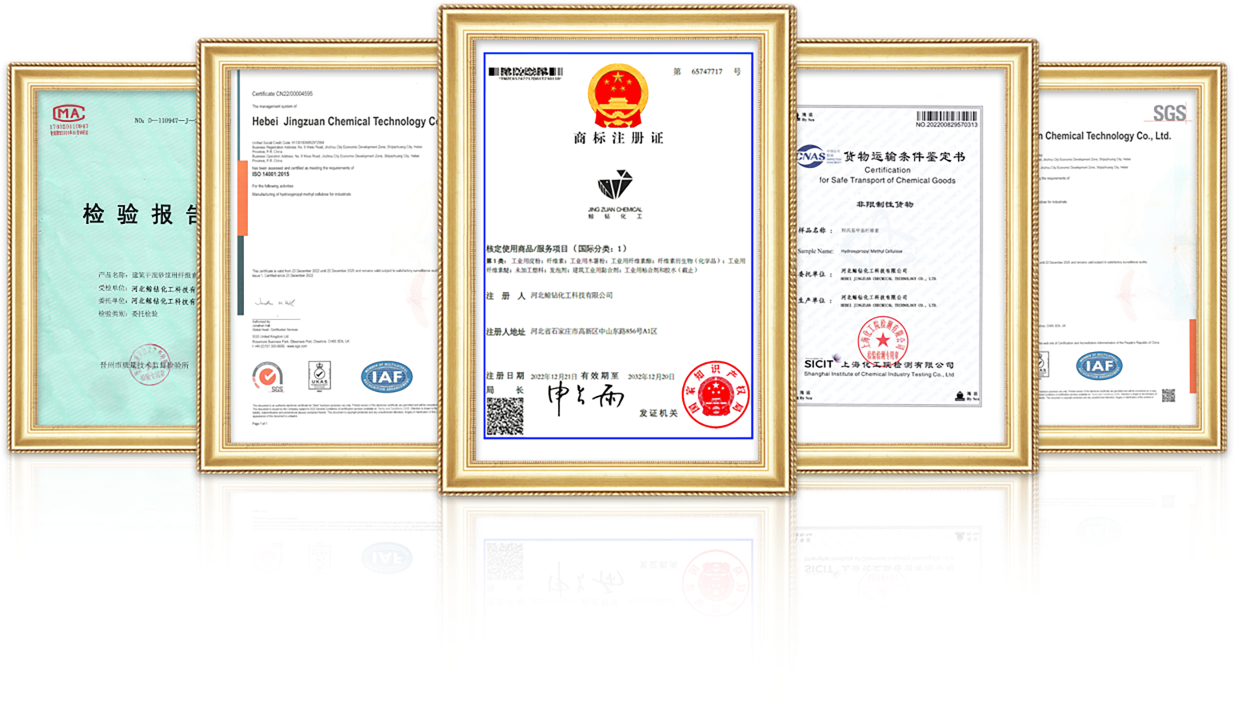
Dec . 04, 2024 18:13 Back to list
mhec-methhyl hydroxyethyl cellulose
Exploring MHEC Methyl Hydroxyethyl Cellulose
Methyl Hydroxyethyl Cellulose (MHEC) is a non-ionic derivative of cellulose that has gained significant attention across various industries, particularly in construction, personal care, pharmaceuticals, and food. This versatile polymer is prized for its unique properties, including its ability to form gels, retain water, and act as a thickener and stabilizer. In this article, we will delve into the composition, properties, applications, and advantages of MHEC, highlighting why it is a vital ingredient in numerous products.
Composition and Structure
MHEC is synthesized by chemically modifying cellulose, a natural polymer derived from plant cell walls. The modification process involves treating cellulose with methyl and hydroxyethyl groups, which enhances its solubility in water while retaining its structural integrity. The resulting compound features a combination of hydroxyl and methyl substituents, which contribute to its unique functional properties. MHEC has a hydrophilic nature, which makes it an ideal candidate for applications that require moisture retention and emulsion stability.
Key Properties
One of the most notable properties of MHEC is its water retention capability. This characteristic is essential in various applications, particularly in construction where it is used in cement and mortar formulations. By retaining moisture, MHEC allows for better workability and enhances the hydration process of cement, leading to improved strength and durability of construction materials.
Exploring MHEC Methyl Hydroxyethyl Cellulose
Applications in Various Industries
mhec-methhyl hydroxyethyl cellulose

1. Construction In the construction industry, MHEC is widely used in cement and mortar formulations. Its water-retaining properties improve workability and extend the open time of mortars, which is crucial for large-scale construction projects. Furthermore, MHEC contributes to increased adhesion, flexibility, and resistance to cracking in building materials.
2. Personal Care and Cosmetics MHEC is utilized in personal care products, including shampoos, conditioners, lotions, and creams. Its thickening properties help maintain the desired texture and consistency of these products, while its emulsifying capabilities keep ingredients evenly distributed. Additionally, MHEC provides a smooth, luxurious feel upon application, enhancing the overall user experience.
3. Pharmaceuticals In the pharmaceutical industry, MHEC serves as a binder and thickening agent in tablet formulations and liquid medications. Its gelling properties are beneficial in creating controlled-release systems, ensuring that active ingredients are released in a sustained manner over time. Moreover, MHEC is generally regarded as safe for consumption, making it a viable choice for drug formulation.
4. Food Industry MHEC is also employed in the food industry as a food additive. It acts as a thickener, stabilizer, and emulsifier, contributing to the desired texture and consistency of sauces, dressings, and dairy products. Its ability to retain moisture is crucial in preventing the separation of ingredients and enhancing the overall quality of food products.
Advantages of MHEC
The advantages of MHEC extend beyond its functional properties. As a non-toxic and biodegradable polymer, MHEC aligns with the growing demand for sustainable and environmentally friendly materials. Its versatility allows it to be tailored for specific applications, providing manufacturers with a customizable solution. Additionally, MHEC enhances product performance, leading to improved customer satisfaction and brand loyalty.
Conclusion
In summary, Methyl Hydroxyethyl Cellulose is a remarkable polymer that plays a crucial role in diverse industries. Its unique properties, including water retention, thickening, and stabilizing abilities, make it an invaluable ingredient in construction materials, personal care products, pharmaceuticals, and food formulations. As industries continue to prioritize sustainability and performance, MHEC's role is likely to expand, further solidifying its position as a essential component in the modern world. The versatility and functionality of MHEC ensure it will remain a key player in various applications for years to come.
-
Versatile Hpmc Uses in Different Industries
NewsJun.19,2025
-
Redispersible Powder's Role in Enhancing Durability of Construction Products
NewsJun.19,2025
-
Hydroxyethyl Cellulose Applications Driving Green Industrial Processes
NewsJun.19,2025
-
Exploring Different Redispersible Polymer Powder
NewsJun.19,2025
-
Choosing the Right Mortar Bonding Agent
NewsJun.19,2025
-
Applications and Significance of China Hpmc in Modern Industries
NewsJun.19,2025







